The Total Product Life Cycle Advisory Program (TAP) Pilot is intended to speed access to safe, effective, high quality and innovative medical devices.
The life cycle of a medical device encompasses several phases, initiating from the spark of a feasible idea of the device’s design, followed by an analysis of patients’ need for the plausible device, development and validation of medical device’s design, approval from the regulatory agency, a launch of the device and finally post-market research.
The US Food and Drug Administration’s (FDA’s) Center for Devices and Radiological Health (CDRH) has moved forward with a plan to minimize the risks of breakthrough medical devices by introducing its voluntary Total Product Life Cycle Advisory Program (TAP) Pilot. The aim of the TAP Pilot if to help provide more widespread and rapid patient access to safe and high-quality medical devices.
The Objectives of the Total Product Life Cycle Advisory Program (TAP) Pilot
The TAP Pilot is a new part of the Medical Device User Fee Amendment (MDUFA) V Agreement, and the TAP Pilot was signed into law on September 30, 2022 and will be reauthorized for five years.
The TAP Pilot aims to lessen the time consumed for medical devices to reach the market. The soft launch of the TAP Pilot will be by January 30, 2023 and it is planned to run from the fiscal year 2023 through 2027.
The objective of the TAP Pilot is to empower communication between the FDA and stakeholders to improve a medical device’s quality. The premarket interaction with the FDA will pave the way to bettering the quality and safety of the medical device, thereby enhancing the experience of the patients who will use it. A planned evaluation of the device early in the designing phase will help alleviate a possible risk while using the medical device.
The two extended lifetime goals of the TAP pilot program are to minimize the time taken from designing the device to its market availability and maximizing the quality of the device.
TAP Pilot Enrollment and Enrollment Criteria
The TAP Pilot Soft Launch is the first phase which will begin on January 1, 2023 and will enroll up to 15 devices in the Office of Health Technology 2 (OHT2): Office of Cardiovascular Devices. OHT2 was chosen for the soft launch because of the historical number of granted Breakthrough designations from this Office, the staffing levels, workload and experience with reviewing paradigms involving rapid interactions, such as Early Feasibility Studies.
Furthermore, more medical devices are expected to be enrolled in the upcoming fiscal years. By 2024, 45 additional devices in at least two OHTs are planned to be enrolled under the TAP Pilot, raising the total number of devices to 60. In 2025, 65 more devices will be included from at least four OHTs, resulting in a total of 125 devices enrolled in TAP Pilot. And in the fiscal years 2026 and 2027, 100 devices are planned to be added each year within existing OHTs or additional OHTs, leading to a total of 325 medical devices supported by the TAP Pilot.
The FDA plans to enroll up to 15 devices in the Office of Cardiovascular Devices (OHT2) for the TAP Pilot Soft Launch in the fiscal year 2023 using these enrollment criteria:
- The device must carry the Breakthrough Device designation (devices that address an unmet need and are meant for life-threatening or irreversibly debilitating diseases or conditions);
- No Pre-Submission was submitted for the device after obtaining Breakthrough Device designation.
- The device must be early in its development process at the time of enrollment for the TAP Pilot (for instance, no pivotal study was initiated yet for the device).
- A potential participant can enroll only one device during the fiscal year.
Achieving the Program’s Objectives
The FDA is committed to track quantitative performance metrics to help achieve the TAP Pilot objectives. Starting in the 2024 fiscal year, the CDRH aims to achieve the following outcomes for 90 percent of requests:
- Engage in a teleconference with the participant on the requested topic(s) about the TAP device within 14 days of the request.
- Give written feedback on requested biocompatibility and sterility topic(s) about the TAP device within 21 days of the request.
- Give written feedback on the requested topic(s) about the TAP device other than biocompatibility and sterility within 40 days of the request.
The participants’ satisfaction is also planned to be evaluated by assessments conducted by third parties.
The FDA encourages all stakeholders, including pilot participants, to give feedback about the TAP Pilot.

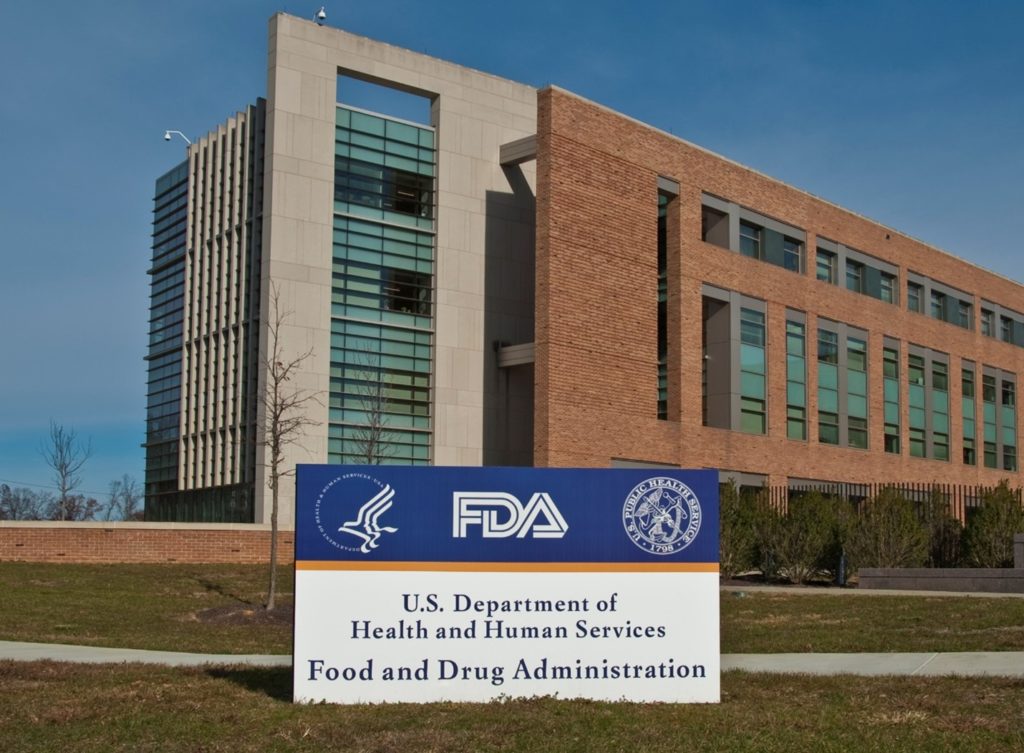
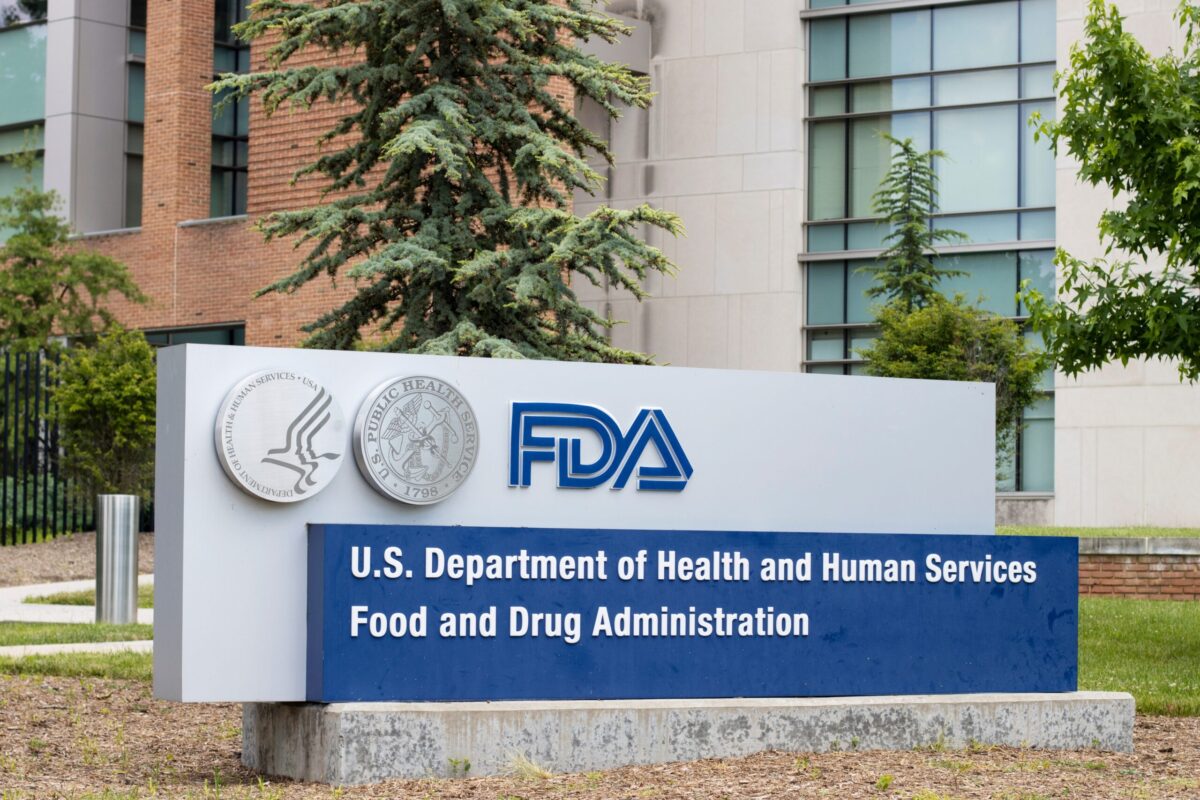
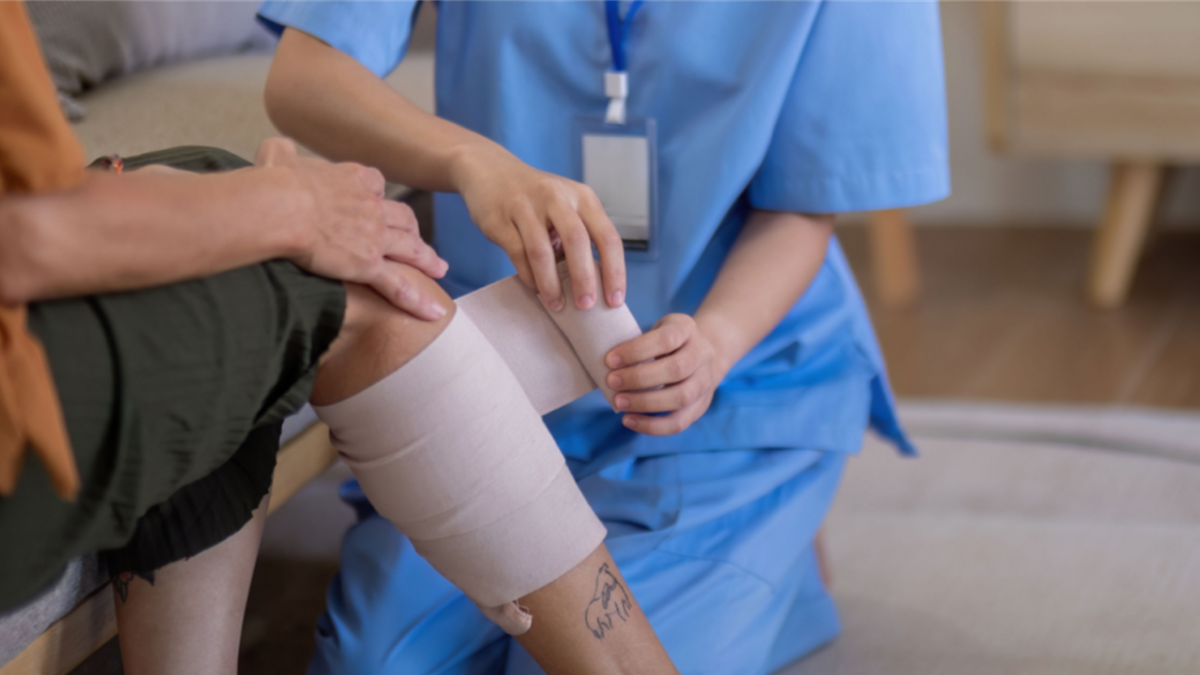
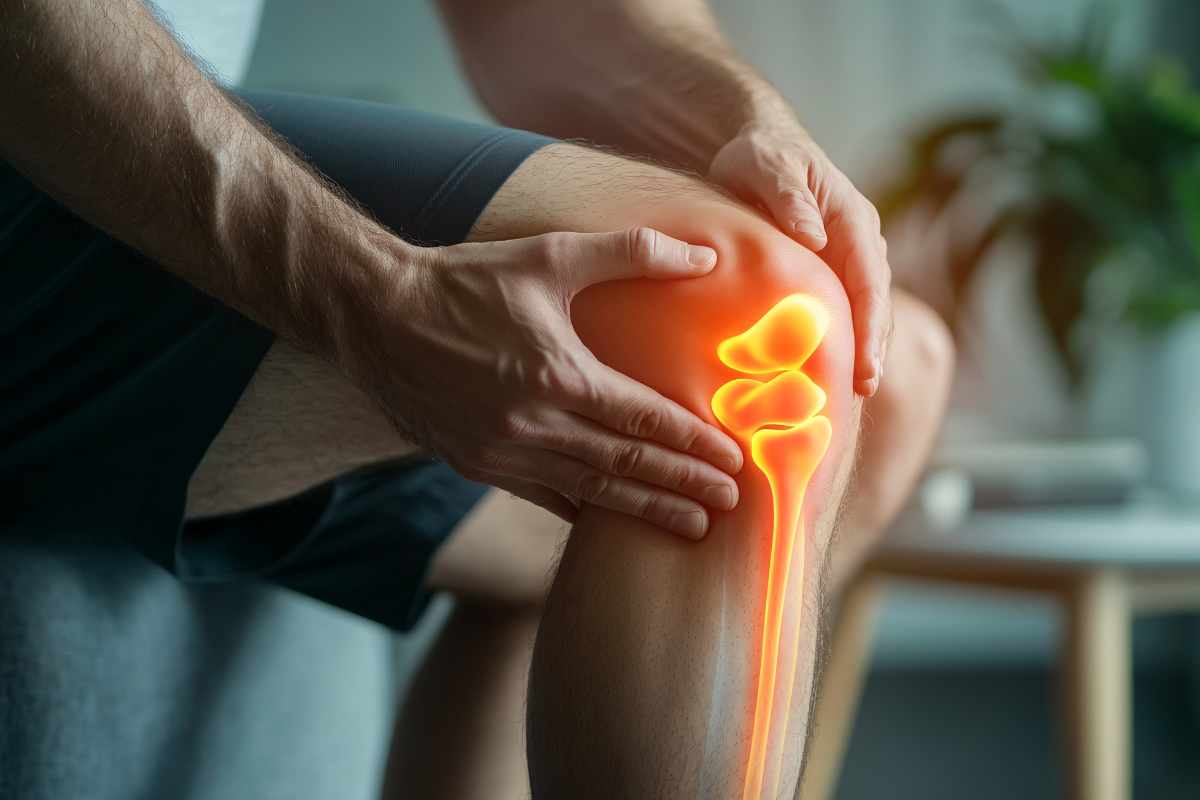
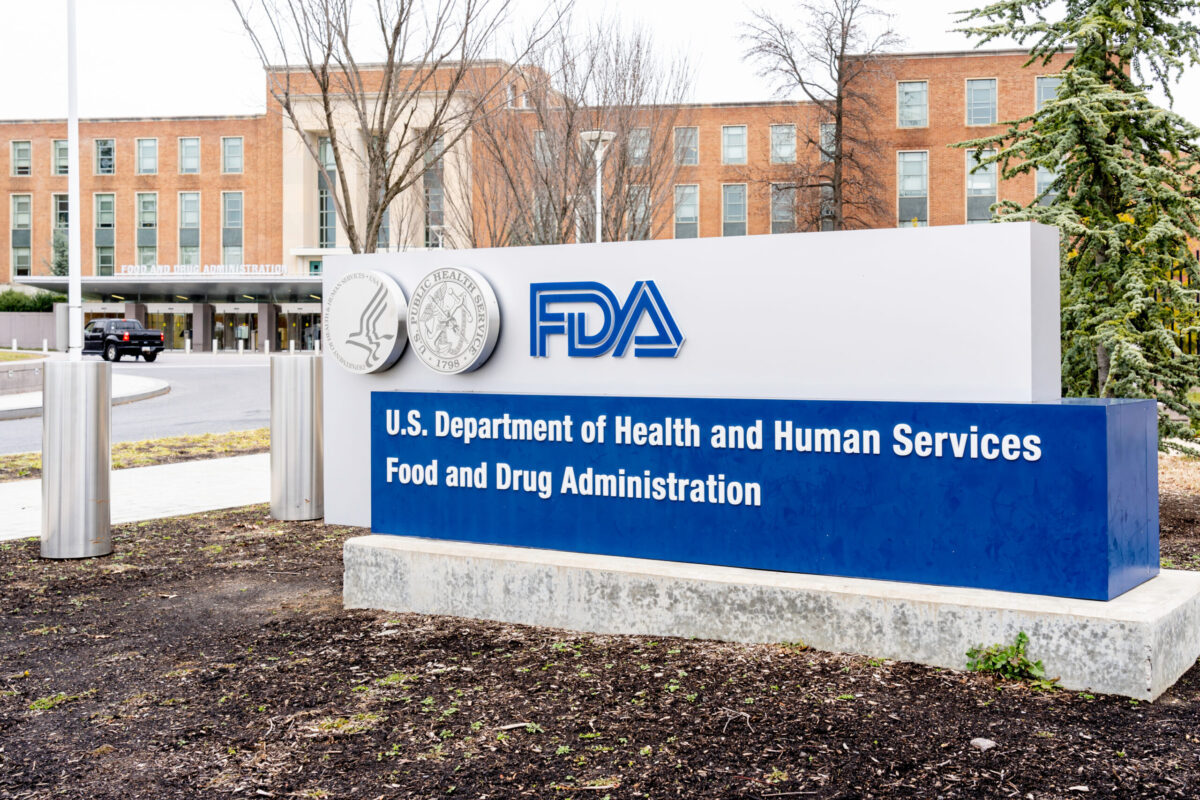
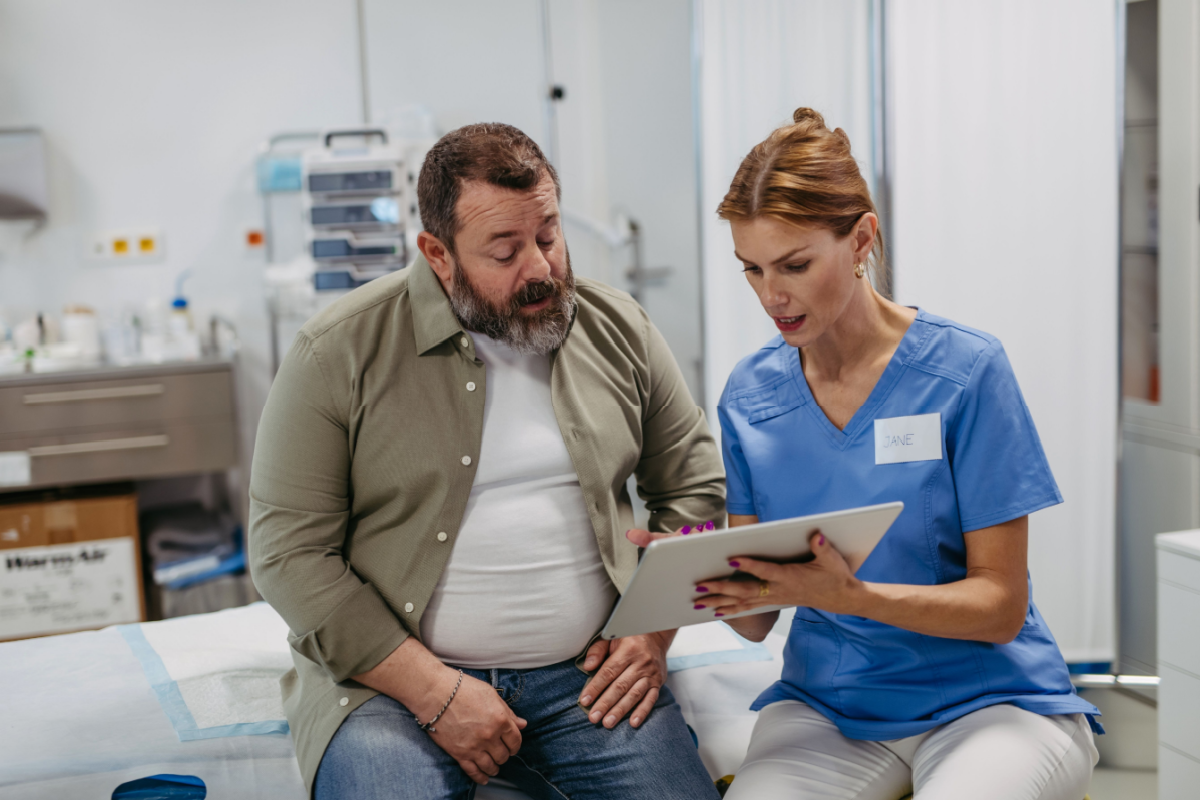





Join or login to leave a comment
JOIN LOGIN